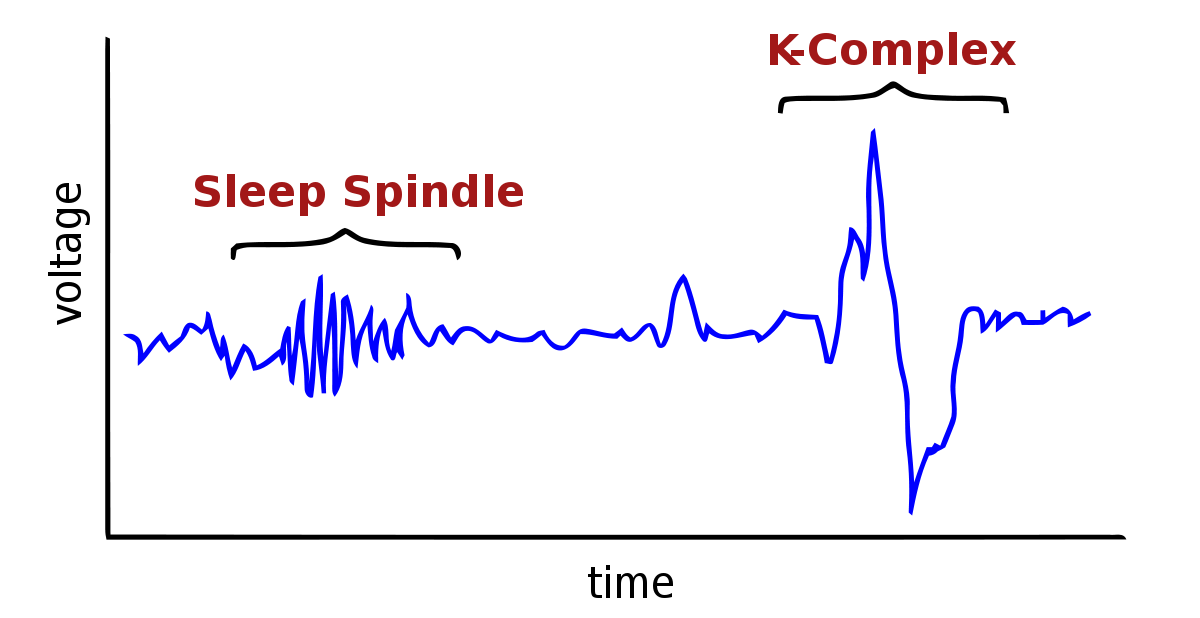Students of neuroscience will undoubtedly recall the story of Patient HM: a man with incurable seizures so debilitating, a dramatic and experimental surgery was done to relieve the man of his affliction. The surgeons took out both of his medial temporal lobes. Without the brain structures within, Patient HM contributed significantly to our understanding of brain function, in particular, the field of learning and memory.
For the sake of protecting doctor-client privacy, Patient HM had been anonymous until his death in 2008. Permanent Present Tense tells the whole story of Mr. Henry Molaison, the patient who has been unknowingly educating neuroscience students for decades.
Neuroscientist and author Suzanne Corkin worked directly with Henry following the operation. In this long-form case study / semi-biography, Dr. Corkin tells about her experiences working with Henry and his very specific case of amnesia. The surgery had removed large portions of his temporal lobe, including parts of the brain such as the hippocampus, amygdala, piriform cortices, and entorhinal cortices. As a result, Henry experienced anterograde amnesia, an inability to form new explicit memories.
Dr. Corkin writes caringly about her encounters with Henry. She describes the nature of the tests that Henry performed and how scientists have learned from those experiments. She addresses his gradual improvements on motor tasks over time (implicit memory), while having no recollection of ever performing that same motor task before (explicit memory).
This book is a great introduction into the research concerning learning and memory. It helps to give an appreciation of just how complex our brains truly are.









